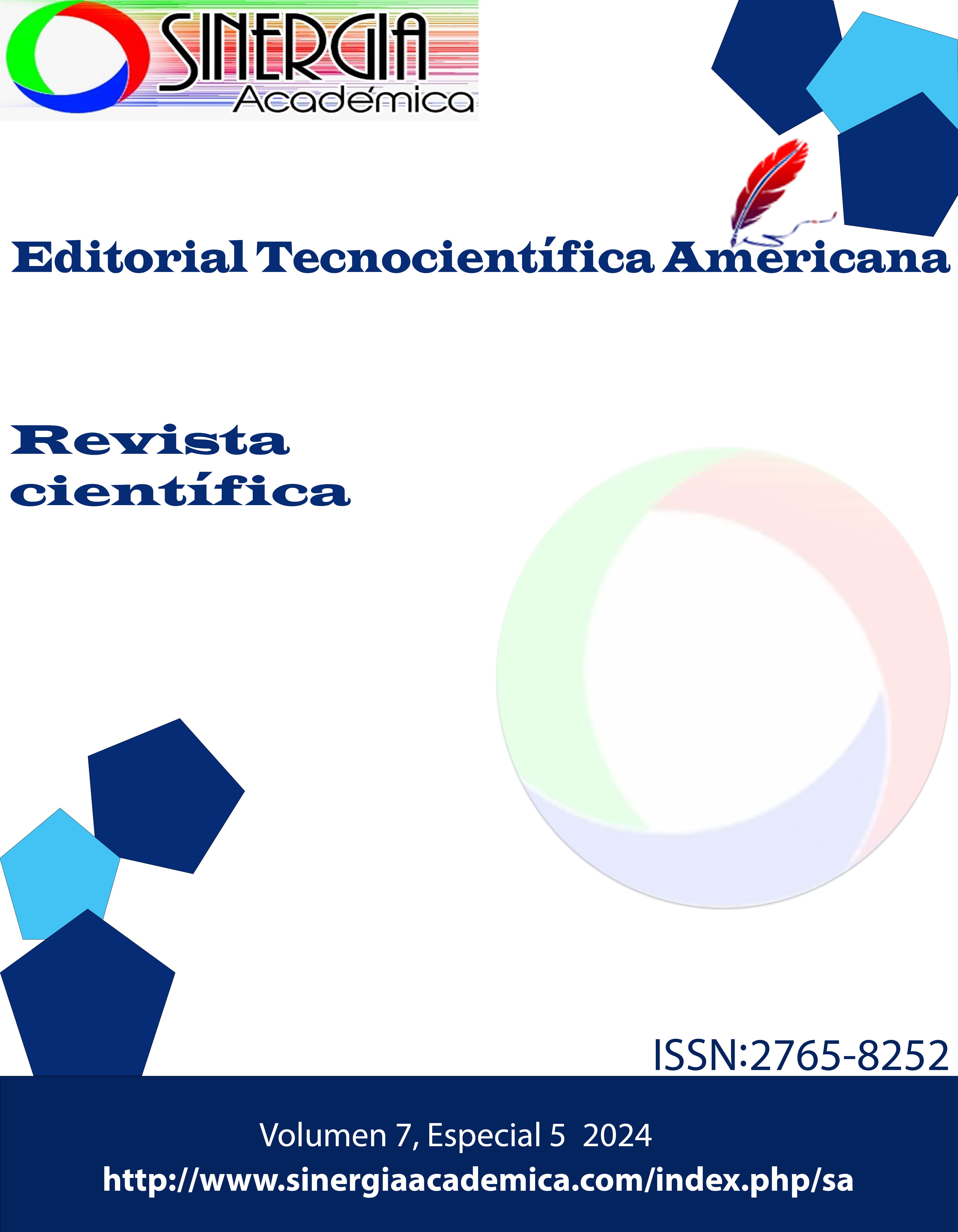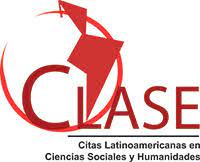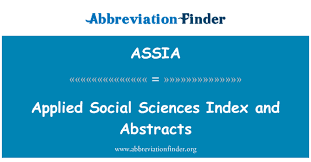El aprendizaje cooperativo para el desarrollo de habilidades interpersonales en estudiantes de cuarto año de la unidad educativa Delia Ibarra de Velasco
DOI:
https://doi.org/10.51736/ys38y955Palabras clave:
aprendizaje cooperativo, desarrollo de habilidades interpersonales, estudiantesResumen
El aprendizaje cooperativo permite fomenta la comunicación efectiva, el trabajo en equipo, la empatía, la resolución de conflictos y un sentido de comunidad preparando a los estudiantes para enfrentar con éxito los desafíos de la vida personal y profesional. La presente investigación tiene como objetivo desarrollar una estrategia metodológica para el aprendizaje cooperativo en el desarrollo de habilidades interpersonales en estudiantes de cuarto año de la EGB. El estudio se desarrolló en la unidad educativa Delia Ibarra de Velasco. Se emplearon métodos cualitativos y cuantitativos que permitieron evaluar el impacto de la estrategia metodológica para el aprendizaje cooperativo en el desarrollo de habilidades interpersonales. Se utilizó una muestra compuesta por 29 estudiantes de dicha institución educativa. Este estudio denota el impacto significativo de la estrategia metodológica en el desarrollo de habilidades interpersonales. Se obtuvo como resultado una evaluación de los expertos a partir de los criterios definidos para comprobar la coherencia de la propuesta presentada como satisfactoria. Se evidenció con su aplicación que aumentó el desarrollo de habilidades interpersonales a partir de los resultados obtenidos antes y después de la aplicación en los estudiantes de cuarto año de la unidad educativa Delia Ibarra de Velasco.
Descargas
Publicado
Número
Sección
Licencia
Derechos de autor 2024 Sinergia Académica

Esta obra está bajo una licencia internacional Creative Commons Reconocimiento-NoComercial-CompartirIgual 3.0.
















